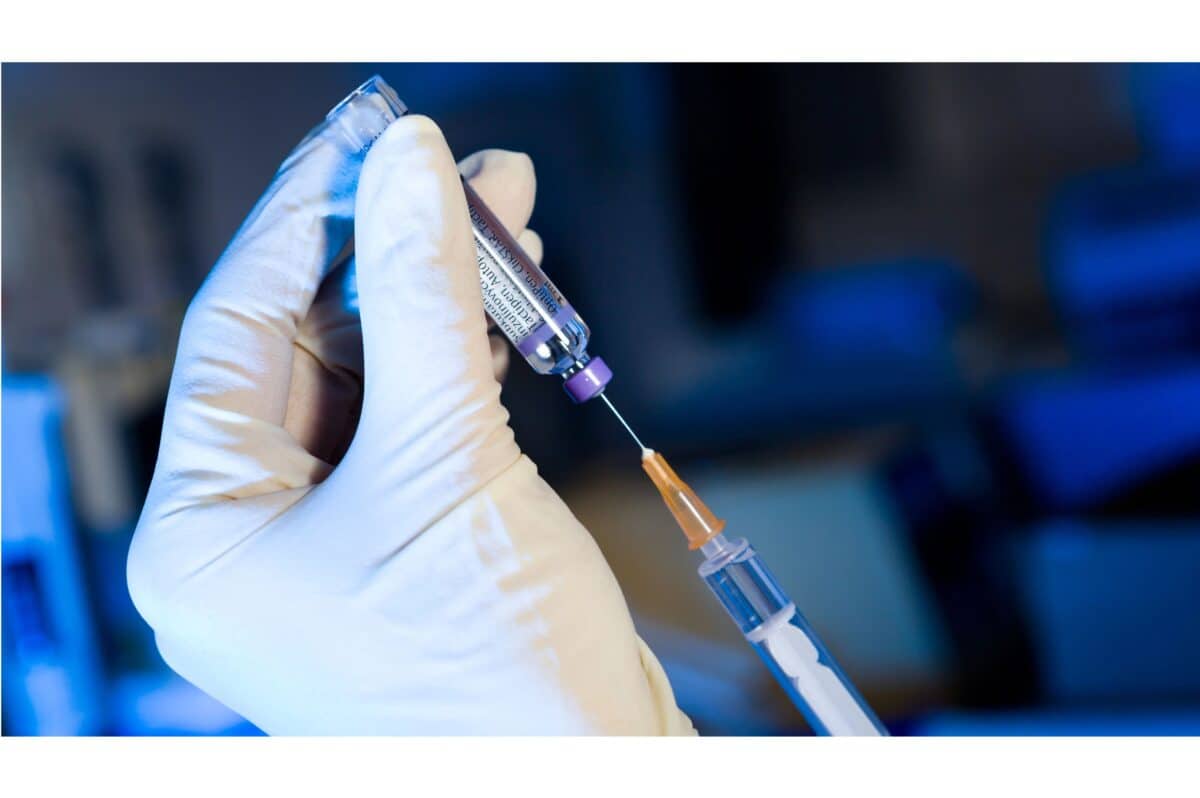Vaccination has been one of the standout achievements in medical history, saving millions of lives worldwide. Vaccines are powerful tools in the fight against infectious diseases, helping to control and, in some cases, eradicate some of the world’s deadliest illnesses. In this article, we explore 15 life-saving vaccines that have had a significant impact on global health, providing protection and safety to millions.
1. Smallpox Vaccine
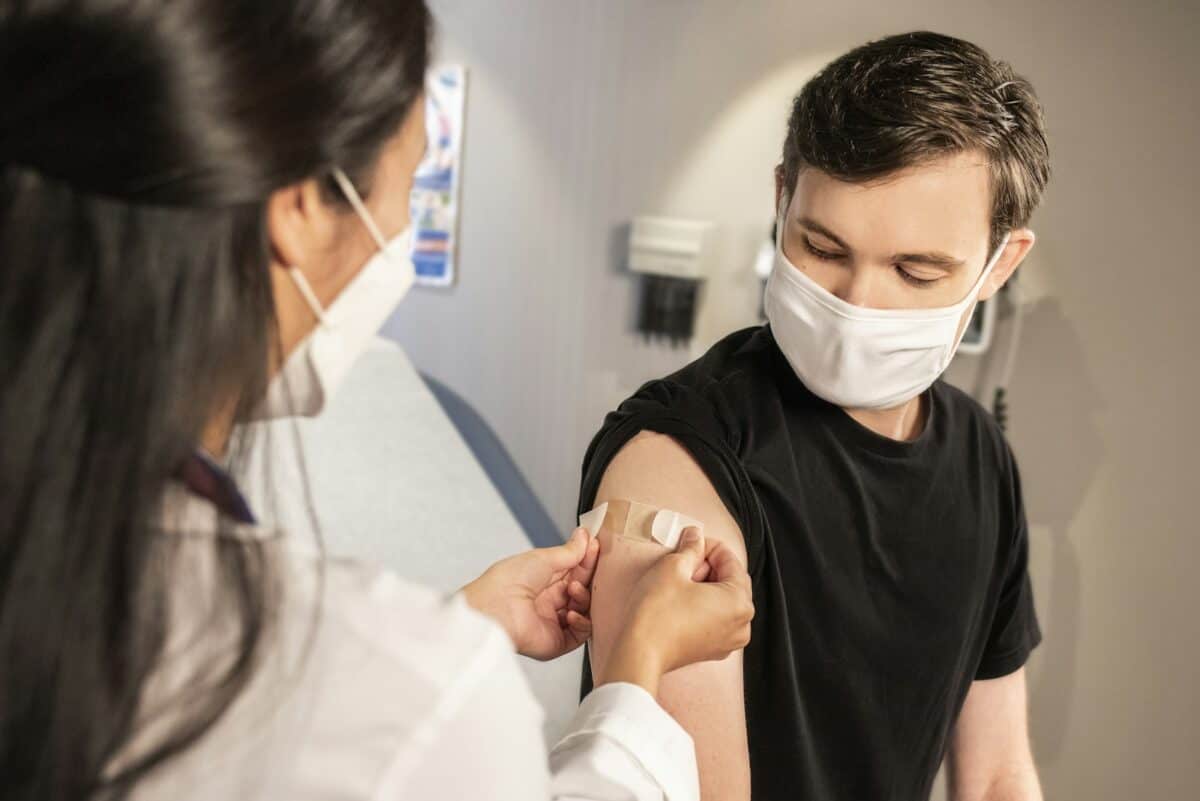
Smallpox was one of the most devastating diseases known to humanity. In 1796, Edward Jenner’s pioneering work with cowpox to create immunity led to the first successful smallpox vaccine. Thanks to global vaccination efforts, smallpox was declared eradicated in 1980, marking a major triumph in medical science.
2. Polio Vaccine
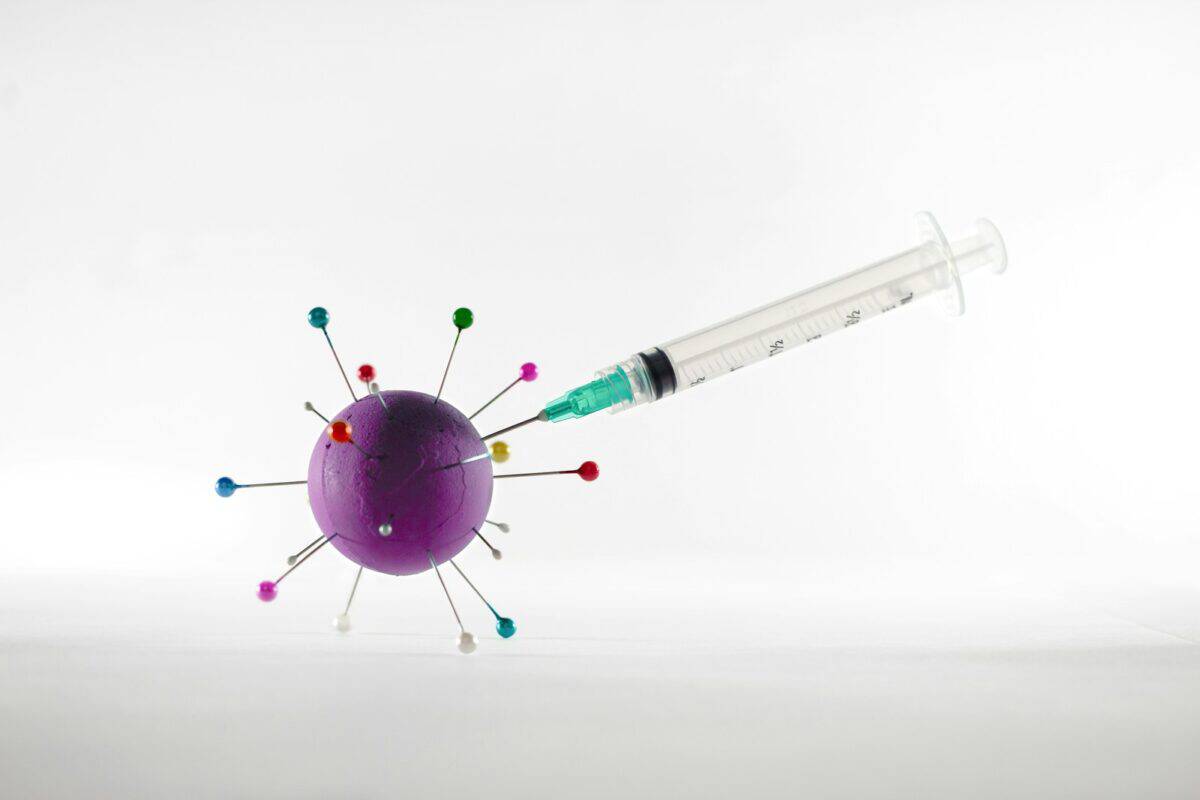
Polio, a crippling and sometimes deadly infectious disease, has nearly been eradicated due to vaccines developed by Jonas Salk and Albert Sabin in the mid-20th century. The widespread use of these vaccines has decreased polio cases by over 99%, sparing millions of children from paralysis.
3. Measles Vaccine
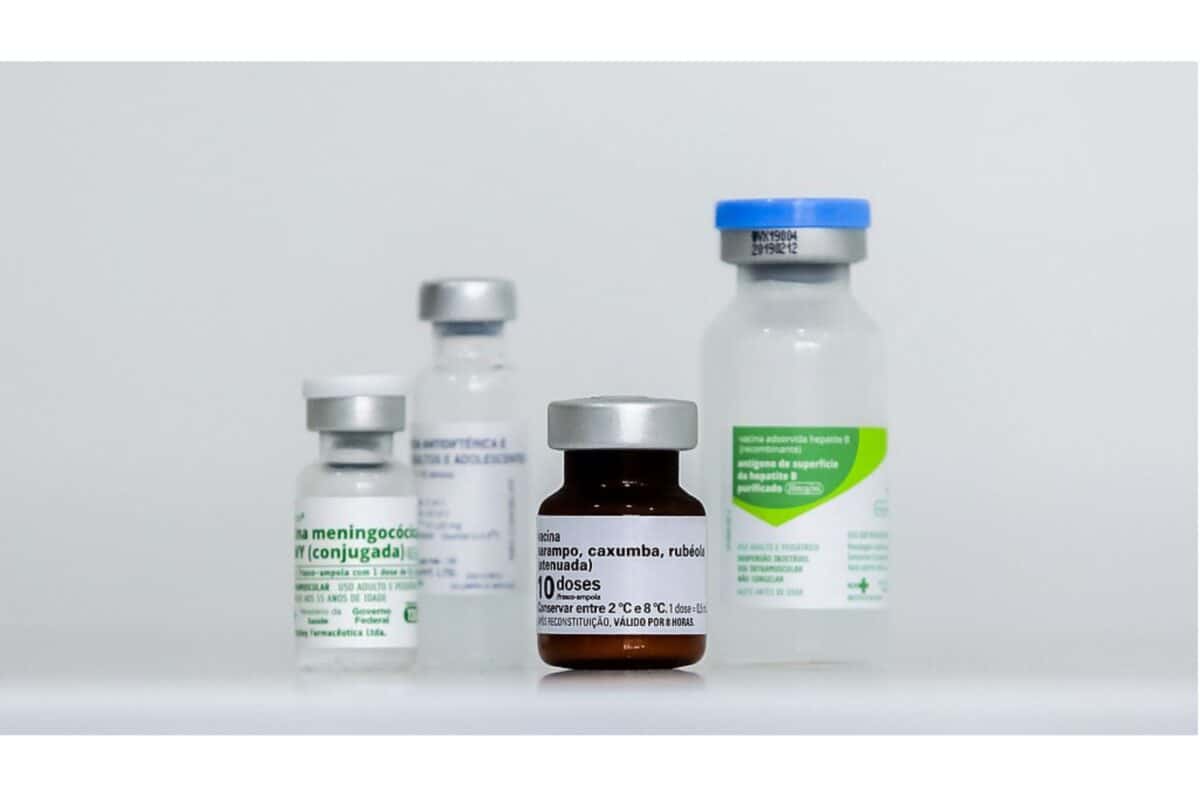
Introduced in 1963, the measles vaccine significantly reduced cases and fatalities associated with the disease. Measles can lead to serious complications, but vaccination has proven to be an effective tool in preventing outbreaks and achieving herd immunity.
4. Tuberculosis (BCG) Vaccine
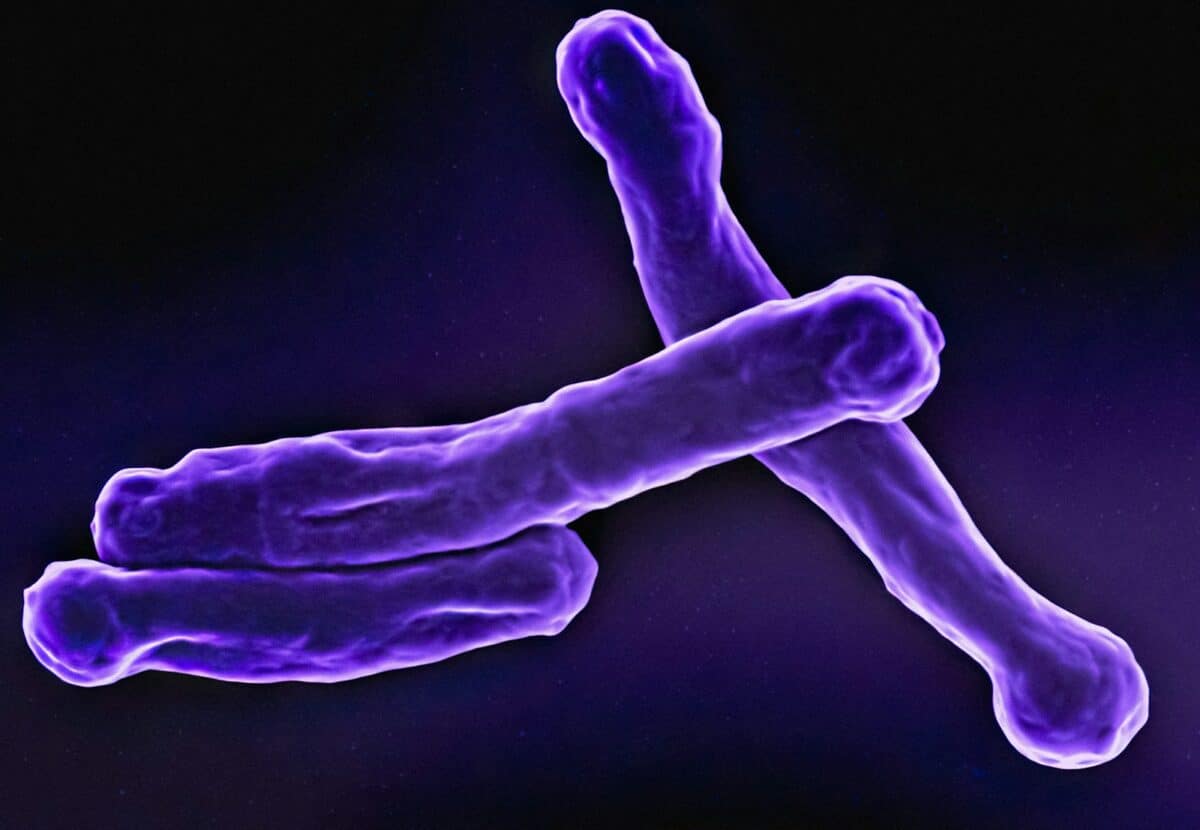
The Bacillus Calmette-Guérin (BCG) vaccine has been a crucial weapon against tuberculosis, a disease that primarily affects the lungs. Though not universally effective, it offers protection against severe forms of tuberculosis in children and is still widely used in countries with high TB prevalence.
5. Diphtheria Vaccine

Diphtheria, a serious bacterial infection affecting the mucous membranes of the throat and nose, used to be a leading cause of death in children. The introduction of the diphtheria vaccine in the 1920s drastically reduced incidence rates and made the disease rare in countries with high vaccination coverage.
6. Tetanus Vaccine
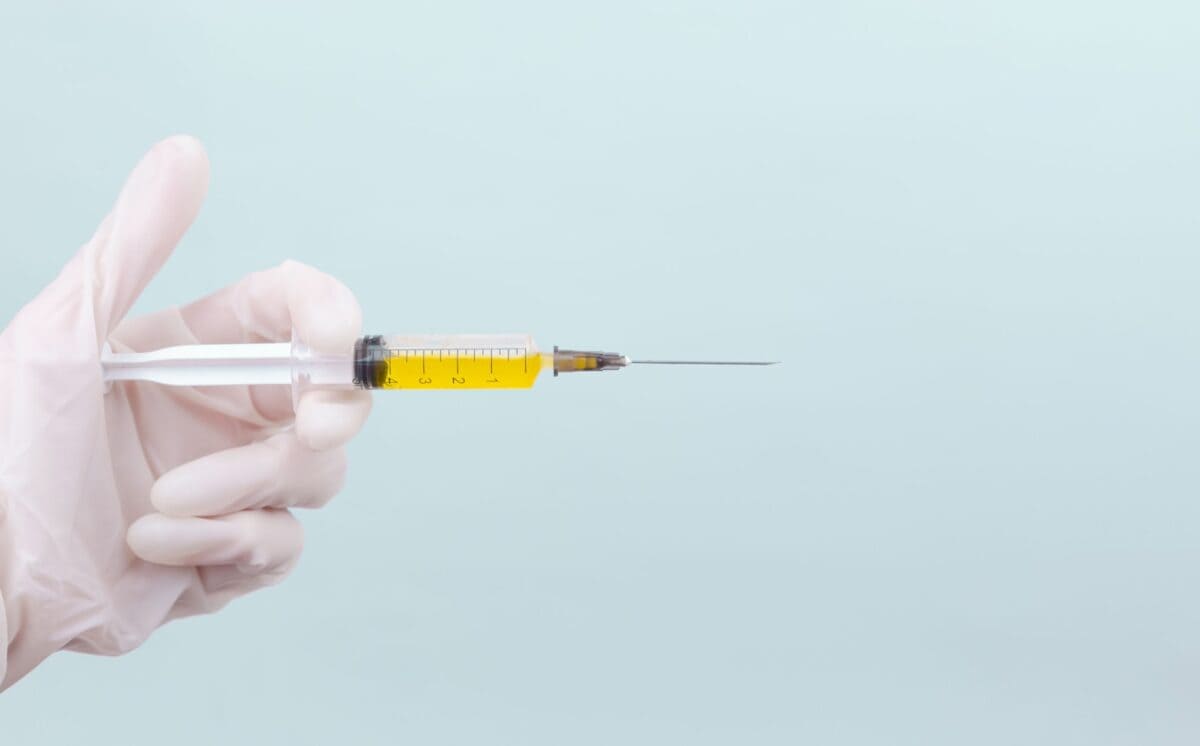
Often contracted through wounds, tetanus is a deadly disease caused by a bacterial toxin. The tetanus vaccine, usually combined with diphtheria and pertussis vaccines (DTP), has been instrumental in preventing this painful and often fatal condition, especially after injuries.
7. Whooping Cough (Pertussis) Vaccine

Pertussis, or whooping cough, is a highly contagious respiratory disease known for uncontrollable, violent coughing. The introduction of the pertussis vaccine, as part of the DTP shot, has significantly reduced the incidence of this disease, particularly in infants and young children.
8. Hepatitis B Vaccine
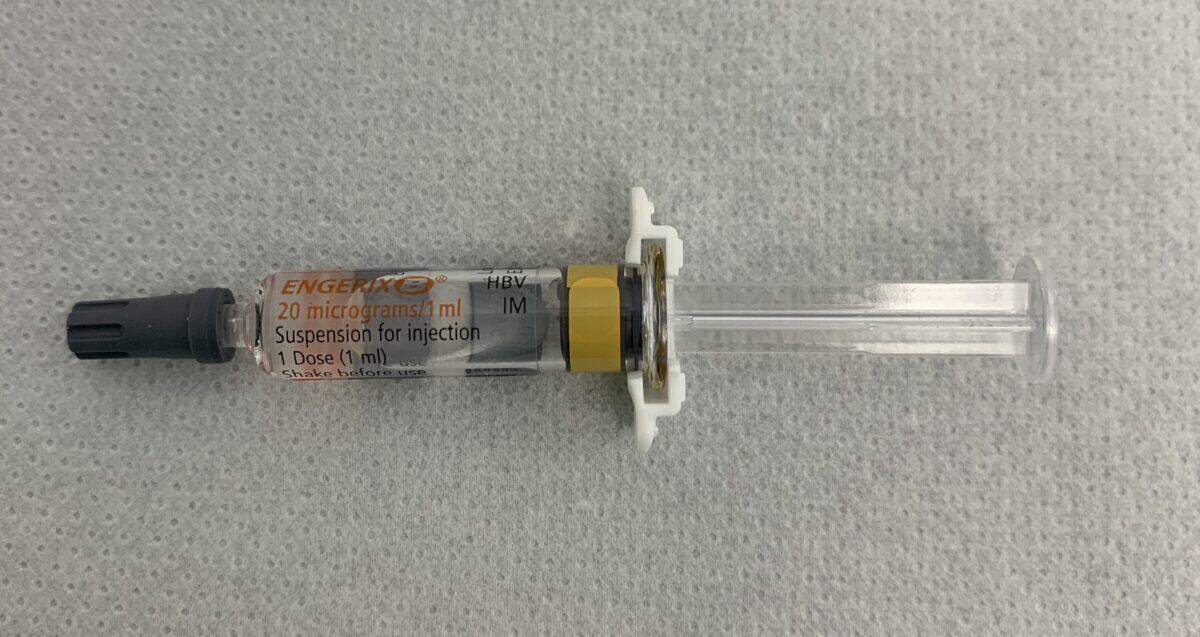
Hepatitis B is a severe liver infection that can become chronic and potentially lead to liver cancer. The hepatitis B vaccine, introduced in the 1980s, has been crucial in lowering infection rates worldwide and is now a routine part of immunization schedules for newborns.
9. Mumps Vaccine
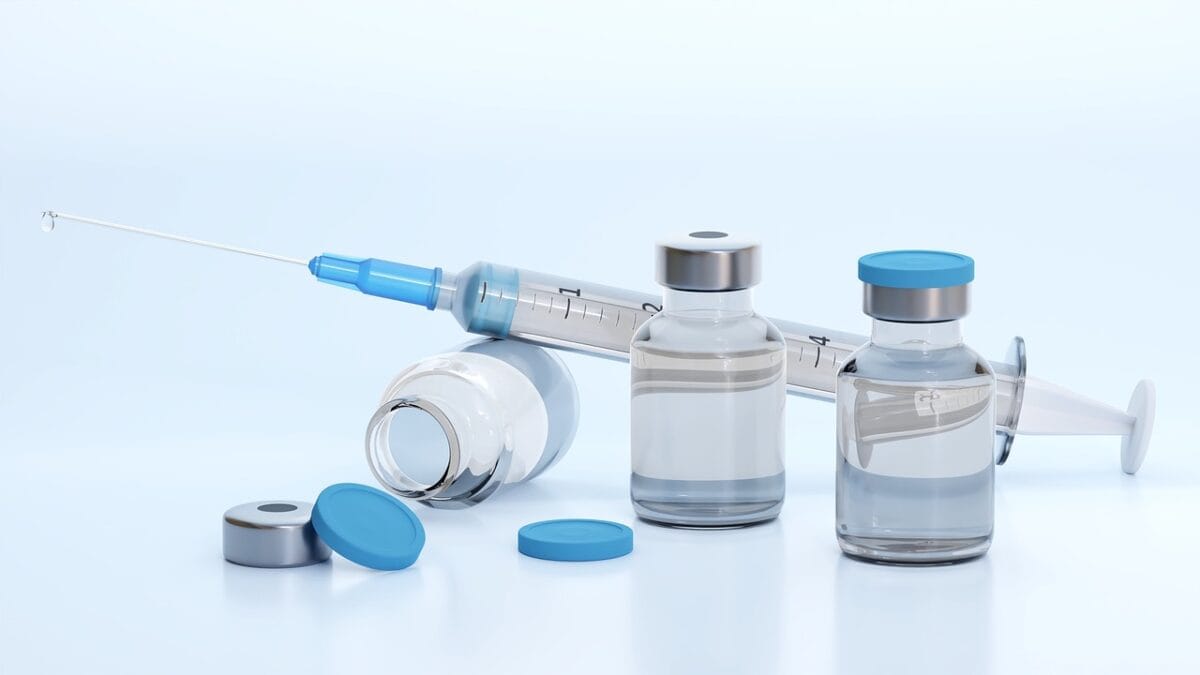
Mumps, a disease causing swelling of the salivary glands, can result in serious complications such as meningitis and infertility. The mumps vaccine, usually given in combination as MMR (measles, mumps, and rubella), has drastically reduced the number of mumps cases globally.
10. Rubella (German Measles) Vaccine
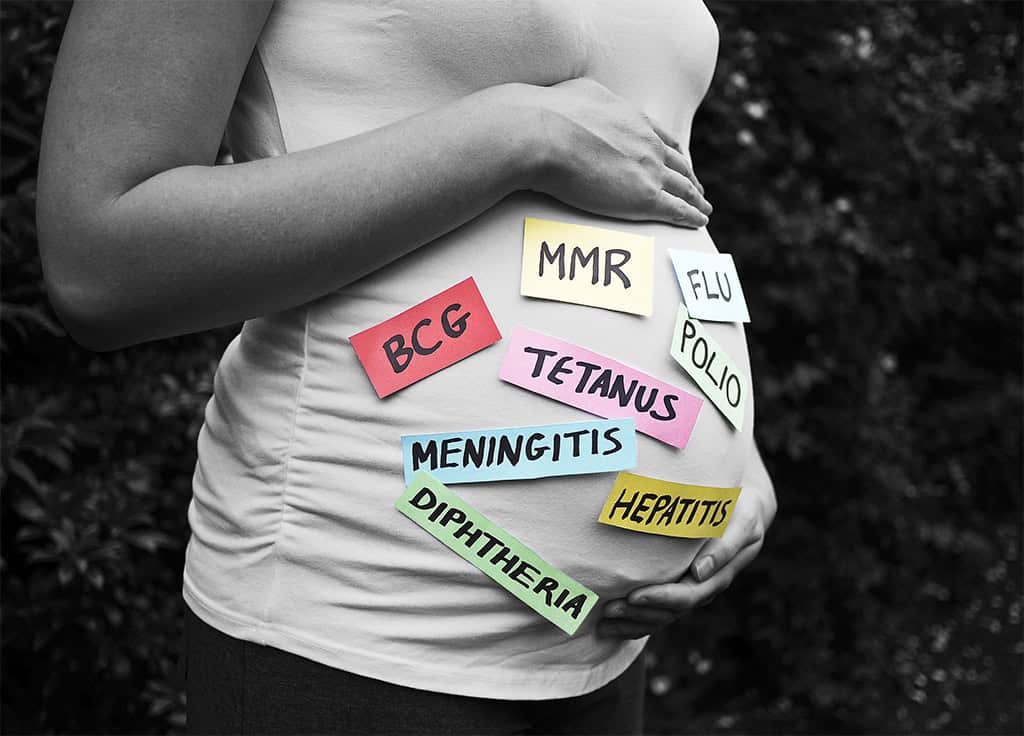
Rubella is generally a mild disease but poses a significant risk to pregnant women, potentially leading to birth defects. The rubella vaccine, predominantly administered as part of the MMR shot, has played a vital role in protecting against congenital rubella syndrome and reducing its prevalence.
11. Human Papillomavirus (HPV) Vaccine
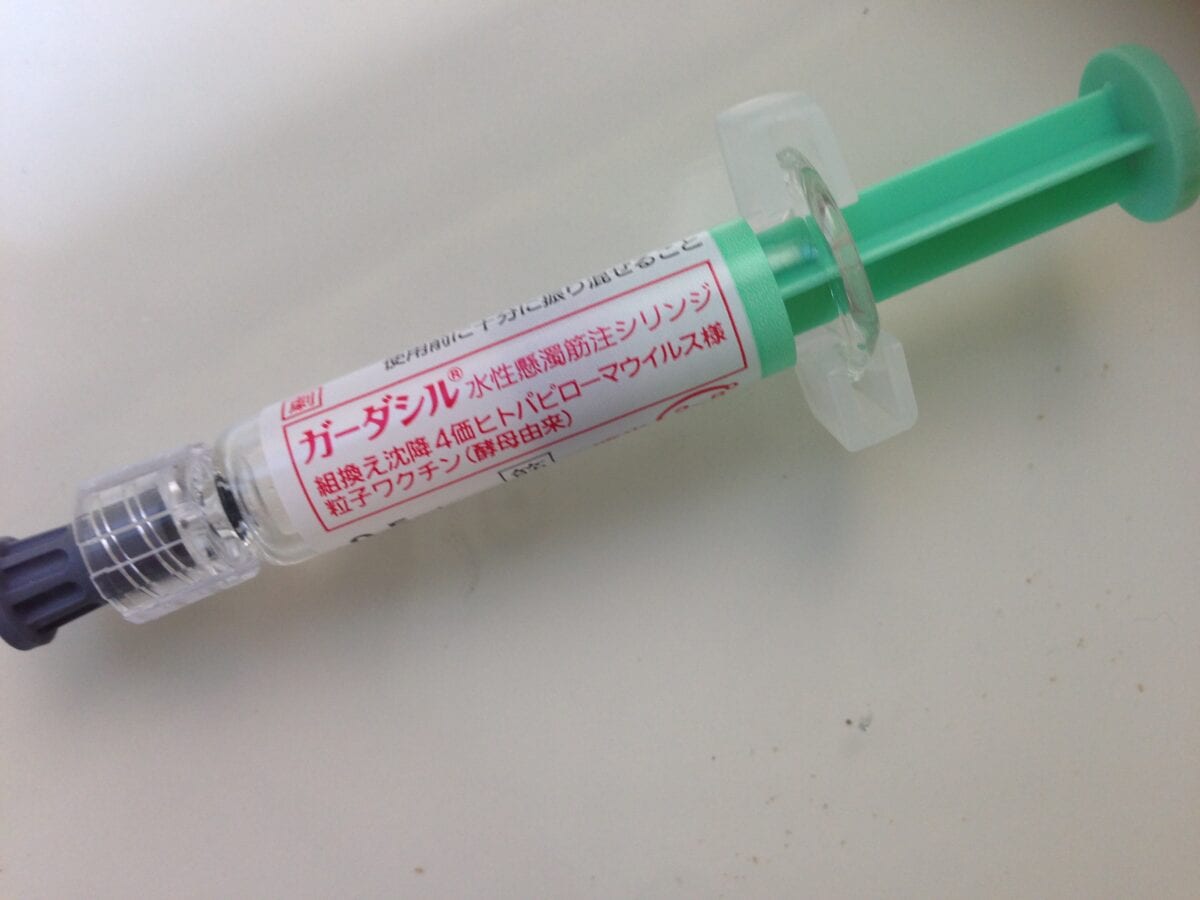
The HPV vaccine, introduced in the early 21st century, targets the human papillomavirus, responsible for cervical and other cancers. By preventing HPV infections, the vaccine significantly lowers the risk of developing HPV-related cancers, marking a significant advancement in cancer prevention.
12. Varicella (Chickenpox) Vaccine
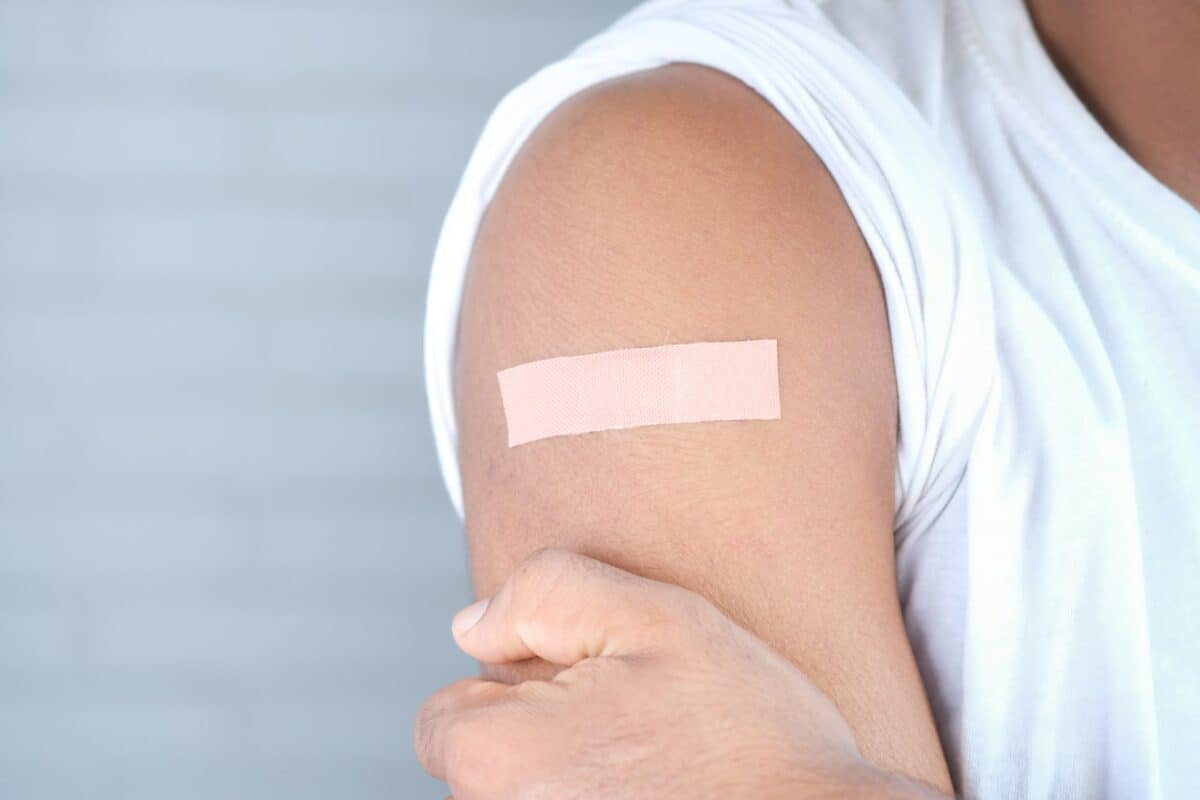
Introduced in the 1990s, the varicella vaccine protects against chickenpox, a common childhood illness characterized by itchy blisters. Besides preventing discomfort and potential complications, it also contributes to herd immunity, benefiting those who cannot be vaccinated.
13. Haemophilus influenzae type b (Hib) Vaccine

Hib disease can lead to severe infections, such as meningitis, predominantly in children under five. The Hib vaccine, which became available in the 1980s, has dramatically reduced cases of Hib-related diseases, safeguarding vulnerable populations from serious health outcomes.
14. Influenza Vaccine
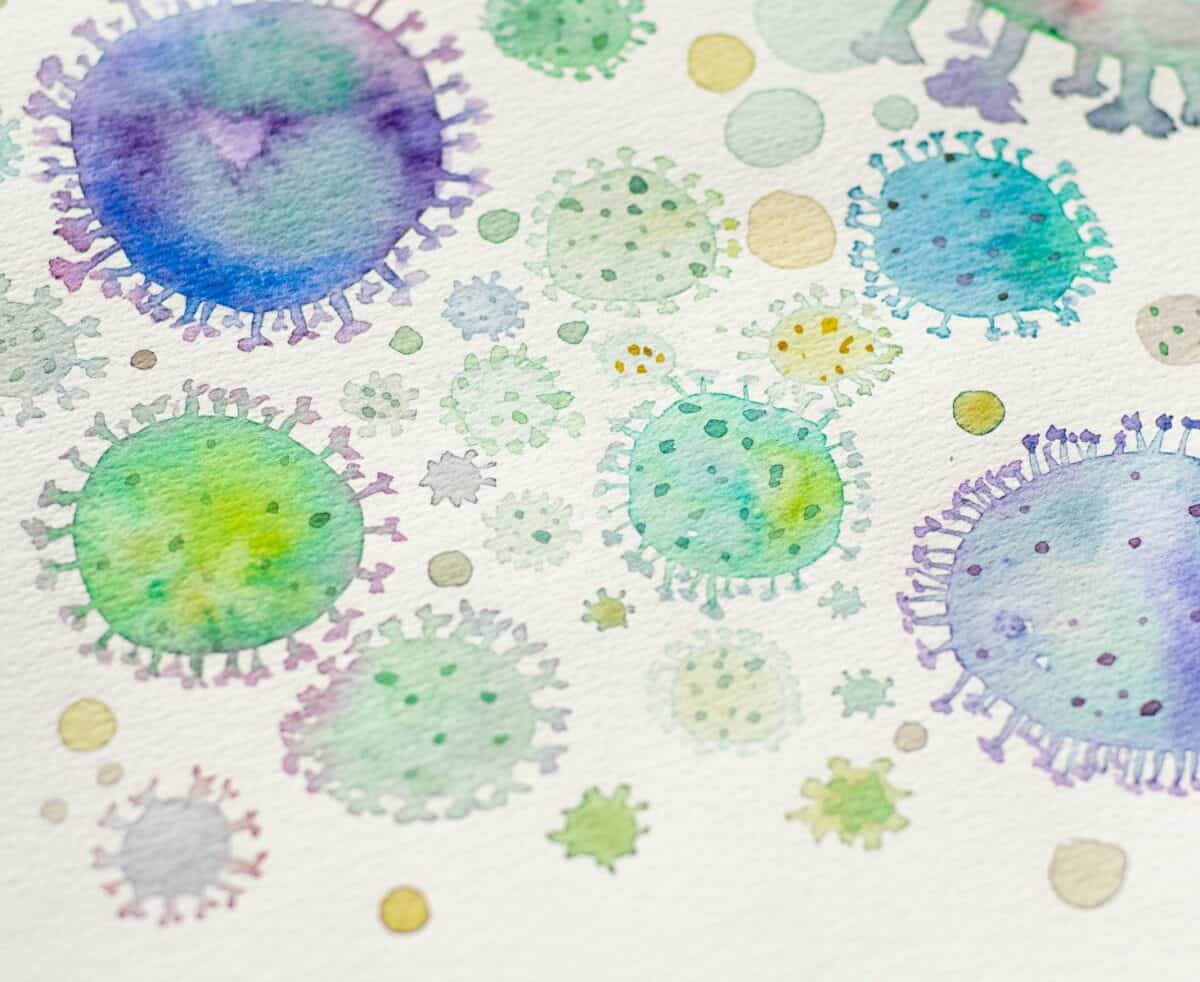
The flu, caused by the influenza virus, has annual outbreaks that can be severe, especially for the elderly and those with chronic health conditions. The seasonal influenza vaccine helps prevent outbreaks, reducing flu-related complications and hospitalizations.
15. Pneumococcal Vaccine

Pneumococcal infections can result in pneumonia, meningitis, and other serious illnesses. Pneumococcal vaccines, available for various age groups, significantly reduce the risk of these infections, particularly in children and older adults. These vaccines are invaluable in preventing serious diseases caused by the Streptococcus pneumoniae bacteria.
Altered Global Landscape for Infectious Diseases
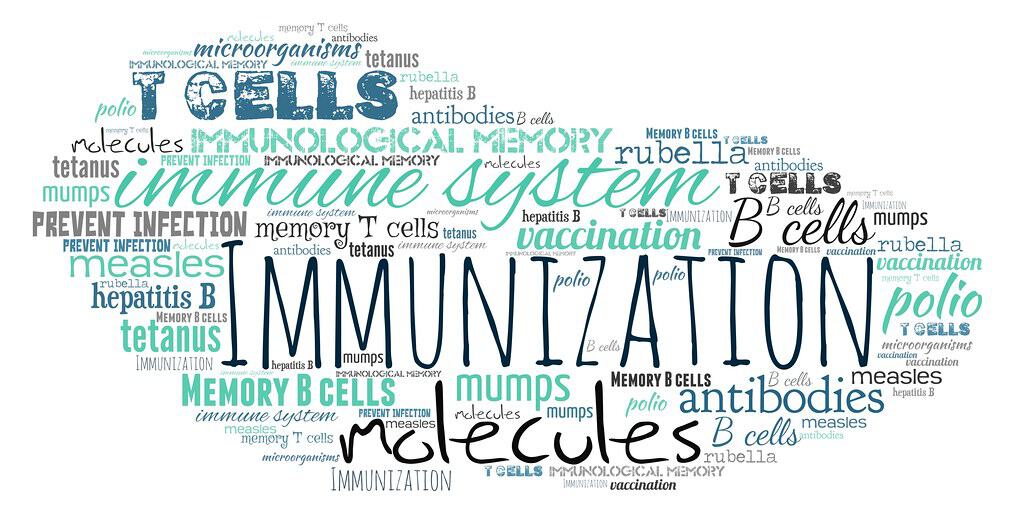
In summary, vaccines have fundamentally altered the global landscape of infectious diseases. By providing immunity to millions, they significantly decrease morbidity and mortality rates, improve quality of life, and play a crucial role in public health safety. These vaccines not only protect individuals but also contribute to community immunity, helping to shield those who cannot be vaccinated due to medical reasons. As vaccination technology advances, continued research and implementation remain essential in fighting existing and emerging infectious threats.
- How Baby Giraffes Learn to Walk Within Hours - August 16, 2025
- Why We Need to Save The Cross Gorilla, The Most Endangered Primate in The World - August 16, 2025
- This Snake Can Climb Glass Walls - August 16, 2025

